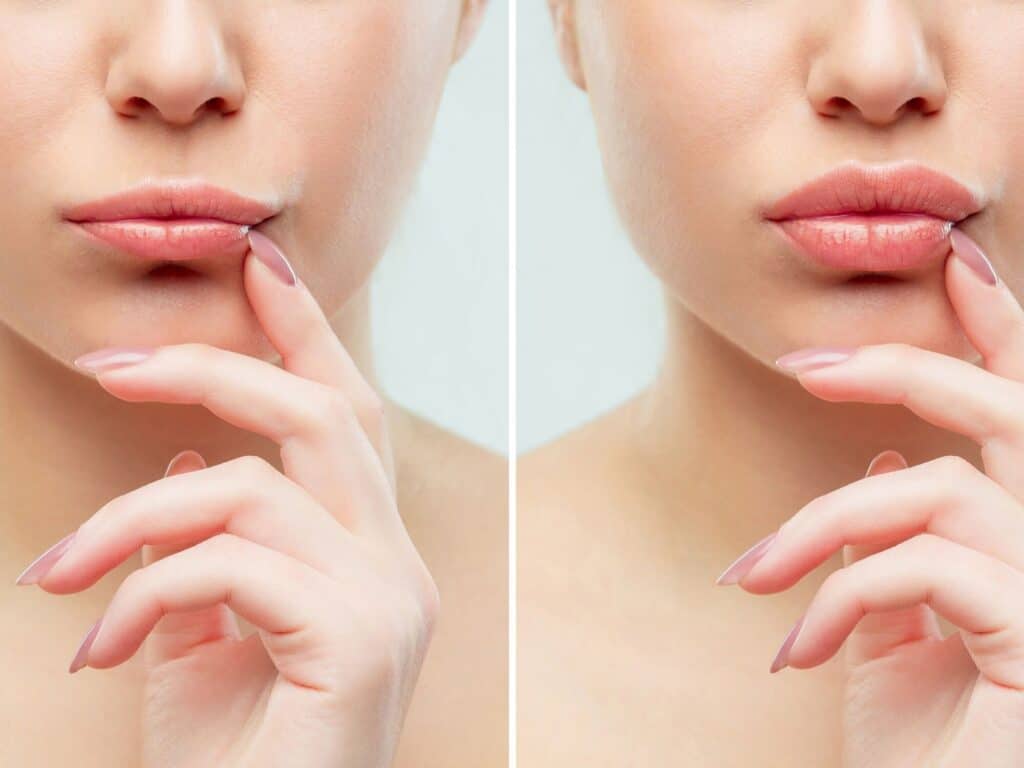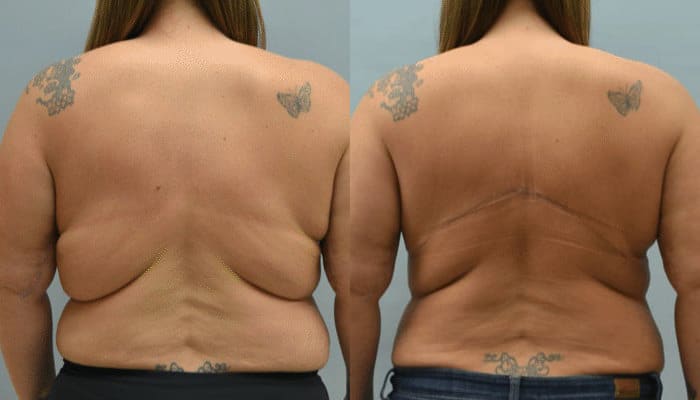Factors Influencing Labiaplasty Pricing
Surgeon Expertise
Surgeon’s experience plays a crucial role in determining the cost of labiaplasty. Highly qualified surgeons often charge more due to their expertise. They bring years of experience and a higher success rate. This ensures reduced risks and better outcomes for patients with enlarged labia.
Patients should expect to pay a premium for top-tier professionals. Yet, this investment can lead to more satisfactory results and fewer complications.
Procedure Complexity
Labiaplasty varies in complexity based on the patient’s needs. Some cases require minor adjustments, while others involve extensive reshaping of the labial tissue. The more complex the procedure, the higher the cost.
This variation accounts for the surgeon’s time and the techniques used during surgery. Complex cases demand advanced skills and longer operation times, impacting pricing significantly.
Consultation and Care
The price of labiaplasty also includes pre-operative consultations and post-operative care. Initial consultations help tailor the surgery to individual needs, affecting overall costs.
Post-operative care is essential for a smooth recovery. It involves follow-up visits and sometimes additional treatments for optimal healing. These services contribute to the final price but are vital for ensuring patient safety and satisfaction.
Average Cost and Breakdown
Total Cost
The average cost of labiaplasty is $3,453. This figure serves as a base amount. It does not include additional fees.
Patients should be aware that this is just the starting point. The final price can be significantly higher. Extra costs come from anesthesia, operating room facilities, and more.
Additional Expenses
Anesthesia and operating room facilities often add to the total bill. These are necessary for a safe and comfortable procedure.
The cost of anesthesia can vary widely. It depends on the type of anesthesia used and the duration of the surgery. Operating room expenses cover the use of equipment and staff time. Both factors can increase the overall cost by a significant percent.
It’s crucial for patients to ask for a detailed quote from their surgeon’s office. This ensures they understand all potential expenses involved in their labiaplasty surgery.
Geographic Impact on Pricing
Price Variation
The cost of labiaplasty can vary significantly depending on the location. Metropolitan areas often have higher prices due to increased demand and overhead costs. For example, a procedure in New York City might be considerably more expensive than one in a smaller town.
Patients find that metropolitan clinics charge more for their services. This is because cities have higher living costs and clinic operational expenses.
Regional Differences
Different regions also show varied pricing for the same procedure. The cost can differ by thousands of dollars from one state to another. Factors such as local economic conditions, competition among clinics, and the availability of specialized surgeons play a role.
Surgeons in high-demand areas often have higher fees. This reflects their expertise and the competition for their services.
Travel Considerations
e patients choose to travel for their labiaplasty to save money. Even when adding travel expenses, it can be more affordable than undergoing the procedure locally in a high-cost area.
Before deciding to travel, patients should consider all related costs. These include flights, accommodation, and potential follow-up visits. In some cases, the total expense may still be lower than having the surgery nearby.
Role of Anesthesia in Costs
Anesthesia Types
Anesthesia plays a pivotal role in labiaplasty surgery, affecting both the procedure’s safety and cost. Two primary types are used: general anesthesia and local anesthesia.
General anesthesia renders the patient completely unconscious. It requires an anesthesiologist’s presence throughout the surgery. This option increases safety for certain patients but also raises the overall cost significantly due to the specialist’s fees.
Local anesthesia, on the other hand, numbs only the surgery area. Patients stay awake but feel no pain. It’s less expensive than general anesthesia as it often doesn’t require an anesthesiologist to administer.
Cost Implications
The choice between general and local anesthesia directly impacts the final bill of a labiaplasty procedure. General anesthesia can add thousands to the total cost, not just for the anesthetic itself but also for additional monitoring and recovery requirements.
Local anesthesia is more budget-friendly and can shorten recovery time. However, it may not be suitable for all patients or procedures.
Consulting Surgeons
It’s crucial to discuss anesthesia options with your surgeon during pre-surgery consultations. They can offer insights on which type is best for your specific case based on medical history and procedure complexity.
This discussion should also cover how each option affects the cost. Knowing this helps manage expectations and plan finances accordingly.
Risks and Financial Considerations
Risk Factors
Risks in labiaplasty include infection, discomfort, and irritation. These complications might require additional treatments, increasing overall costs. Patients should also consider the risk of dissatisfaction with results, potentially leading to revision surgeries.
Patients often overlook the possibility of needing revision surgery. This can significantly add to the total expense. It’s crucial to choose a skilled surgeon to minimize this risk.
Financial Impact
The financial burden of labiaplasty extends beyond the initial fees. Taking time off work for recovery can impact one’s income, especially for those without paid leave benefits. This loss of earnings should be factored into the total cost.
Insurance rarely covers labiaplasty, viewing it as cosmetic. However, if linked to medical concerns like chronic irritation or infection documented by a healthcare provider, there might be exceptions. Always check with your insurance provider.
Cost vs. Benefits
Weighing the cost against potential benefits is vital. For many, the surgery offers significant psychological and health advantages, such as reduced discomfort during physical activities and improved self-confidence.
Recovery and Its Economic Impact
Recovery Timelines
Recovery from labiaplasty surgery varies, but patients typically resume work within a week. This short downtime seems manageable, yet it can impact those relying on daily wages or non-salaried positions in the United States.
Employers might not offer paid leave for this type of surgery. Thus, planning for income loss during recovery is crucial. Patients should consider their job’s physical demands since returning too soon could prolong recovery.
Care Costs
Post-surgery care involves specific products and services that add to the overall cost. Items like antibacterial washes, pain relievers, and comfortable clothing are essential for healing but often overlooked when budgeting.
e may need professional nursing or assistance at home, especially if complications arise. These services significantly increase expenses. It’s wise to research these costs beforehand and include them in your financial plan.
Unexpected Expenses
Unexpected issues can lead to additional doctor visits or treatments, inflating the initial budget. Complications, though rare, can extend the recovery period, further straining finances.
To mitigate these risks, setting aside a contingency fund is advisable. This fund covers unforeseen expenses without derailing one’s financial stability. Experts suggest an emergency budget of 10-15% of the total surgery cost.
Long-term Results and Value
Quality Outcomes
The durability of labiaplasty results plays a crucial role in its overall value. Patients often experience long-lasting satisfaction, with outcomes that can span years. The quality of work done by a board-certified surgeon significantly influences these results. Choosing a reputable facility ensures that patients receive the highest standard of treatment.
High-quality outcomes not only improve the physical appearance but also enhance comfort and reduce any previous discomfort during activities or when wearing certain types of clothing.
Self-Confidence Boost
Improved self-confidence is a key benefit of labiaplasty that cannot be quantified monetarily. Patients report feeling more at ease with their bodies, which contributes to a positive self-image. This emotional and psychological uplift can greatly outweigh the initial cost of surgery over time.
Feeling good about one’s body can open up new opportunities for personal growth and happiness, making the investment worthwhile.
Realistic Expectations
Setting realistic expectations is essential for post-surgery satisfaction. The American Society for Aesthetic Plastic Surgery suggests that thorough consultations before undergoing labiaplasty help align patient expectations with achievable results. Most patients report high satisfaction rates, indicating that the procedure offers significant value in terms of both physical and mental health benefits.
Understanding the potential range of outcomes helps patients feel more prepared and satisfied with their decision to undergo labiaplasty.
Choosing the Right Surgeon
Board Certification
Selecting a board-certified plastic surgeon is crucial for safety and quality results in any surgical procedure. It ensures the surgeon has undergone rigorous training and adheres to high standards.
Patients should verify the surgeon’s credentials and experience specifically in cosmetic surgery. This step can significantly impact the outcome of labiaplasty, reducing risks like scarring and ensuring use of absorbable sutures for better healing.

Fee Comparison
Understanding what is included in the quoted price is essential when comparing surgeon fees. Some may offer a comprehensive fee that covers the consultation appointment, surgery, operating room usage, and follow-up care.
Others might separate these costs, which can affect the overall expense. Patients should ask for detailed breakdowns to avoid unexpected charges. Comparing prices helps find a balance between cost and quality without compromising safety or results.
Multiple Consultations
Consulting with multiple surgeons allows patients to assess who offers the best balance of cost, experience, and comfort level. During these appointments, individuals can discuss their goals for appearance and comfort, inquire about recovery times related to activities like sex and exercise, and understand how excess skin or tissue will be handled.
It also provides an opportunity to evaluate the surgeon’s approach to vaginal rejuvenation and their ability to create a natural look. Finding a surgeon with whom one feels comfortable discussing personal goals is as important as their technical expertise.
Summary
Labiaplasty surgery cost varies widely, influenced by factors like location, surgeon expertise, anesthesia, and more. You’ve seen how these elements can either hike up the price or offer you a chance for savings. Understanding the average cost and what impacts it helps you make an informed decision tailored to your needs and budget. Remember, the right surgeon is pivotal for both successful results and managing expenses. Opting for a skilled professional might seem pricey upfront but can save you from future costs associated with complications or unsatisfactory outcomes.
Choosing labiaplasty is a significant decision, not just emotionally or physically, but financially too. It’s crucial to weigh the long-term value against the initial investment. Consider recovery time and potential economic impact during your decision-making process. Ready to take the next step? Consult with certified surgeons to discuss your options, ensuring your choice aligns with both your health goals and financial situation.
Frequently Asked Questions
What factors influence the cost of labiaplasty surgery?
The cost of labiaplasty surgery is influenced by the surgeon’s experience, the complexity of the procedure, geographic location, and whether additional treatments are combined with the labiaplasty.
What is the average cost of labiaplasty?
The average cost of labiaplasty can vary widely but typically ranges from $2,500 to $5,000. This range can fluctuate based on several factors including geographical location and the surgeon’s expertise.
How does geographic location affect labiaplasty pricing?
Geographic location significantly impacts labiaplasty pricing due to differences in living costs, demand, and availability of specialized surgeons. Urban areas often have higher prices compared to rural areas.
What role does anesthesia play in labiaplasty costs?
Anesthesia is a crucial component of labiaplasty surgery that can affect overall costs. The choice between general anesthesia and local anesthesia with sedation can lead to different pricing structures.
What are some risks and financial considerations with labiaplasty?
Risks include infection, bleeding, and asymmetry. Financially, patients should consider potential costs for follow-up treatments or revisions if complications occur.
How does recovery impact economic aspects of labiaplasty?
Recovery may require time off work and additional expenses for medications or follow-up visits, impacting the overall economic burden of the procedure.
Why is choosing the right surgeon important for long-term value?
Selecting a highly experienced and reputable surgeon ensures better outcomes, reducing the likelihood of complications or need for revision surgeries which can add to long-term costs.











